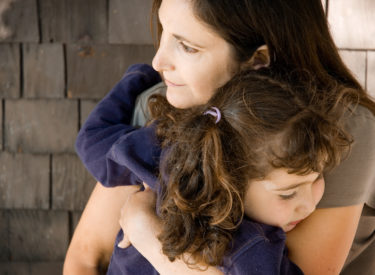This period can be overwhelming as you grapple with the best way to process the information provided at diagnosis and to make decisions regarding medical care. Many will ask, “What do you need? What can I do?” It may be difficult to know how to verbalize what you need in addition to not feeling comfortable asking for help. We recommend you engage your well-meaning family and friends in daily needs that will inevitably take a backseat to your new priority of accessing the best care for your child.
Here are some ideas on how others may be able to provide help for you.
-
- Establish a GoFundMe account with your family as the beneficiary.
- Provide gas cards to assist with travel to treatment or family trips. There are also travel-specific foundations that can help with this area of need.
- Create an Amazon wish list with supplies and gifts for your child (AND siblings!) and share this with your friends and family. This list is nice to have if your child goes through progression, as your child may have needs with their reduced motor skills.
- Offer to pay for Disney + or another streaming service the child would enjoy.
-
- Provide useful tools your child may need like an iPad, which is helpful for activities and/or communication.
- Provide an in-home camera or monitor that would be helpful to provide peace of mind while your child is sleeping or if you are working.
- Arrange for home modifications required for mobility restrictions (e.g., a wheelchair ramp).
- Arrange for wheelchair-accessible transportation to be purchased or leased when needed.
- Find a pediatric equipment exchange for things like a walker, wheelchair, hospital bed, shower chair, adjustable bedside table, etc.
-
Help with Managing the Household
- Set up a meal train during busy times. These times could include during diagnosis, radiation, treatments, or advanced progression.
- Provide gift certificates for food delivery, takeout, or local restaurants.
- Provide a weekly laundry and/or house cleaning service.
- Establish a lawn care and/or snow removal service.
- Provide pet sitting while your family travels for treatment.
-
Help with Managing the Family
- Set up a carpool for sibling activities — practices, games, or performances.
- Provide siblings (and the child if mobile) an “afternoon out” play date to allow parents time without the children.
- Provide in-home haircuts, pedicures, or manicures to the family members.
-
- Establish and post updates on a CaringBridge, Facebook, and/or Instagram page.
- Assist with writing thank you notes for any gifts or help received.
-
- Provide a consistent and uplifting card/small package group to allow the family to receive a card every week during the entire journey with DIPG or DMG.
- Provide a playlist of favorite energizing and peaceful songs for times the child isn’t feeling so well.
- Depending on your religious preferences, provide prayers or worship inside or outside your home.
- Provide a devotional or meditational book or journal for you or your child.
-
- Arrange for in-home massage therapy for the child and yourself.
- Create a coffee bar with flavored coffees, teas, creamers, and small treats for the family.
- Help with special plans like the holidays, your child’s birthday, and other milestones such as the end of radiation. A few ideas include a welcome home party, parade, signs in storefronts, school celebrations, etc.
-
- Arrange a family photography session shortly after diagnosis. We recommend something simple and close to home, including photos of the child alone as well as with the family.
- Decorate your yard in support of your child. An easy idea is to tie ribbons on trees to show positive morale for your child. If it’s around the winter holiday, consider asking them to put up lights.
- Contact the Make-A-Wish local committee on behalf of your family.
- Provide activities that the child and family can do together, based on the child’s motor skills.
- Consider stone painting so that inspiring words from the child can be found around the house or yard on harder days.
- Gift a bench for the yard where the parent and child can spend time together.

